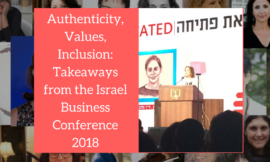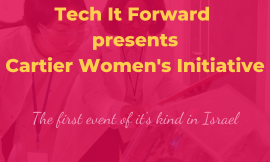Despite the fact that a growing number of women in Israel hold executive marketing positions, and despite the fact that they constitute more than 50% of all marketing positions, it is still far too common to find marketing conferences where just a minor percentage of women are invited to share their knowledge on stage.
Two years ago, Lee Levi took notice and decided to make a difference and the Digitaliot digital marketing conference was born. Men are not barred from participating, but the idea is that if women are not going to be given enough space to share their knowledge and ideas, they’ll create that space.
The conference took place in the Z.O.A House in Tel Aviv. There were two simultaneous tracks in two different halls. I attended the main track in the Meyerhoff Hall.
Here’s what you missed at the 2nd annual digitaliot digital marketing conference (in order of appearance):
How to create a supportive community and a successful crowdfunding campaign
Adi Remba-Erez and Galia Stern-Bello spoke about turning your audience into a supportive community and crowdfunding.
They provided excellent tips:
i. Share what you know
Be generous with your knowledge and provide value. Become active in Facebook groups and let people know who you are. Share what worked for you as well as what didn’t, and share pictures and stories about clients. In time, with good networking online, you’ll be better prepared to meet people offline at conferences and meetups.
ii. Use humour
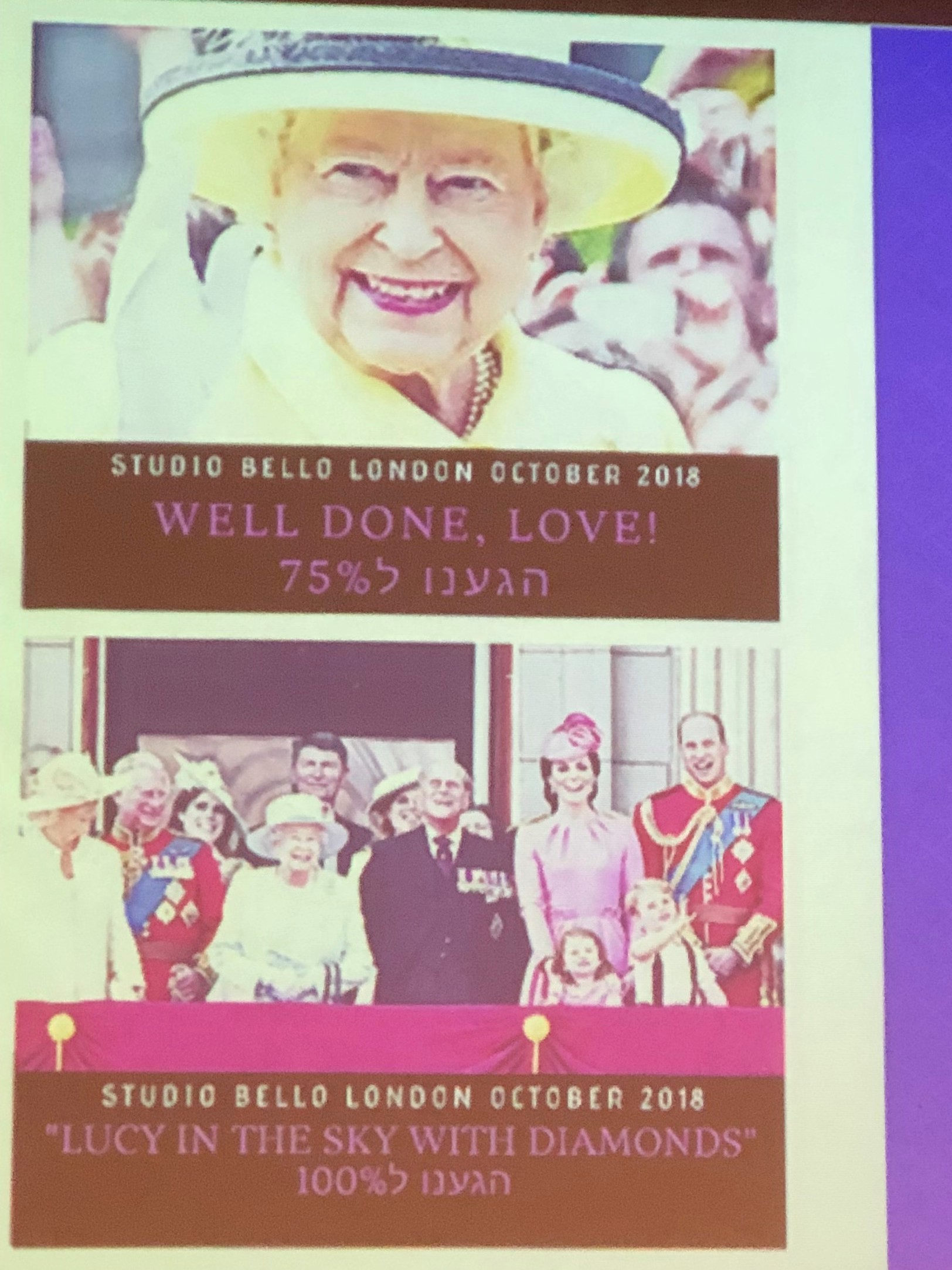
Use humour as a marketing tool. When it’s done well, it stops people in their tracks, gets them to pay attention and makes them smile. Humour breaks down barriers and it’s an ideal way to let your personality shine through. Use humour not only in your messaging, but also in visual campaigns.
iii. Keep your crowdfunding campaign short
So much energy is needed to run a crowdfunding campaign. In order to keep yourself highly motivated throughout, and to help you put out high-quality messages and ideas that will fire up your community, keep your crowdfunding campaign short – that is, a maximum of 40 days.
Digital Storytelling
Bar Umansky spoke about storytelling in the digital age.
She firstly defined storytelling not as final product, but as a tool in the digital marketer’s tool box.
Once upon a time, before the digital age, storytelling was a final product. It was the way in which companies could tell a story about their brand and allow consumers to connect with them.
Except that the digital age flipped the old-world order, and today there is no longer a best brand for something.
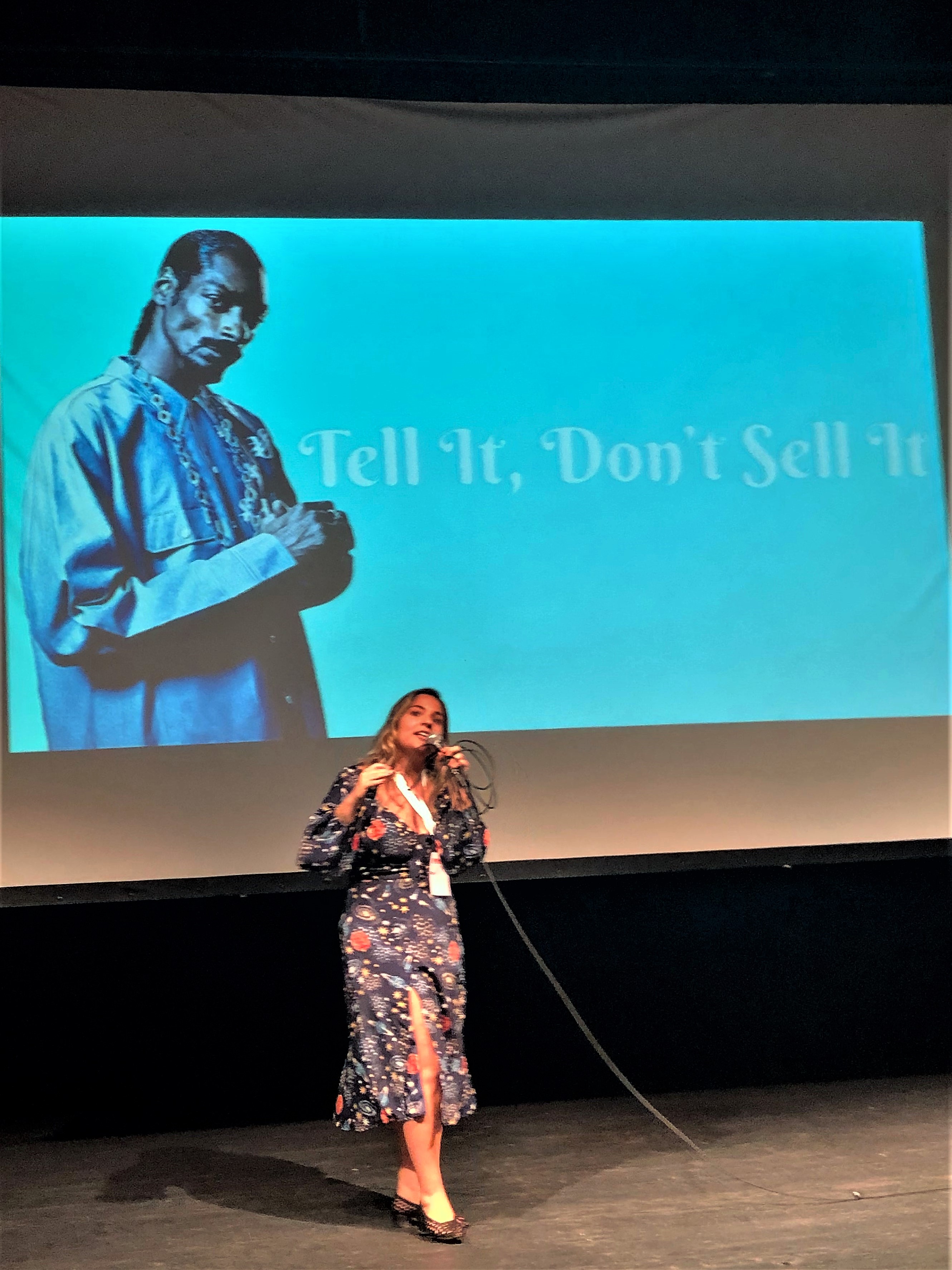
Instead, there is the right brand for me.
And this why it’s vital that we tell others about who we are – what our business is, what our product is, and why it matters. In the digital age, it’s our story that gives consumers more choice and it’s our story that allows others to connect with us.
It’s storytelling that allows marketers to offer us unlimited products.
It’s crucial to keep in mind that story telling isn’t a story that we make up about ourselves, our brand or our products. It begins with research and looking inwards. And while our story may not be innovative it is what creates meaning.
Clients are the best copywriters
Kinneret Yifrah, author of Microcopy, shared tips about how to use the vocabulary your target audience uses.
Kinneret proposed three ways you can listen to your end client and it’s far easier than you think:
i. Facebook groups
Find your end client in the right Facebook groups. Do a search of the product you need to write about. If for instance you’re writing about parquet floors, search for “parquet” in groups that would have conversations about it – e.g. groups with home design enthusiasts.
ii. The phone
In Israel, where it is legal to record phone conversations as long as you are a party to the conversation, Kinneret suggests having phone conversations with your client’s customers. Listen to all the conversations and note the words they use to define their pain points and solutions.
iii. Surveys, contact pages and thank you letters
Send surveys to clients you like and get feed back from them, review your contact pages and any thank you letters you may have received. What are they telling you? What common vocabulary are they using to define their problems and highlight your benefits?
In these ways, you can go about collecting the words needed to produce powerful copy. The bottom line – speak to your target audience using the words they use.
The Negative Impact of Fake News
Alona Bar On, co-owner and CEO of Globes, Israel’s oldest and largest financial newspaper, provided insight on fake news.
- Fake news is not new
- It doesn’t like minorities (think The Protocols of the Elders of Zion)
- People share more fake news on Facebook than they do real news
- Real events that have been misreported have brought on a trust crisis
- The trust crisis has led to mistrust of the media
Globes is fighting fake news by:
- Beginning a segment called “The Whistle” to fact check would-be facts that are being conveyed by politicians and thought leaders in real time
- Raising public awareness about important issues
- Making diversity integral to Globes (e.g. until Alona owned Globes, the only woman was the editor of Lady Globes. Currently 60% of Globes’ staff are women – including the editor.
In order to fight fake news it’s vital that we receive news from a reliable news source that will cover important events, global trends and provide
And finally, if we want to see more women in the C-suite, more women need to understand the business and financial women we live in. Currently only 15% of all of Globes’ subscribers are women. There need to be more.
Conversion Funnels: tips to creating engagement and sales
Naomi Carmi explained the importance of a social media strategy and outlined what a healthy funnel looks like.
Inbound marketing requires a strategy. Because that’s what it takes to make the funnel work.
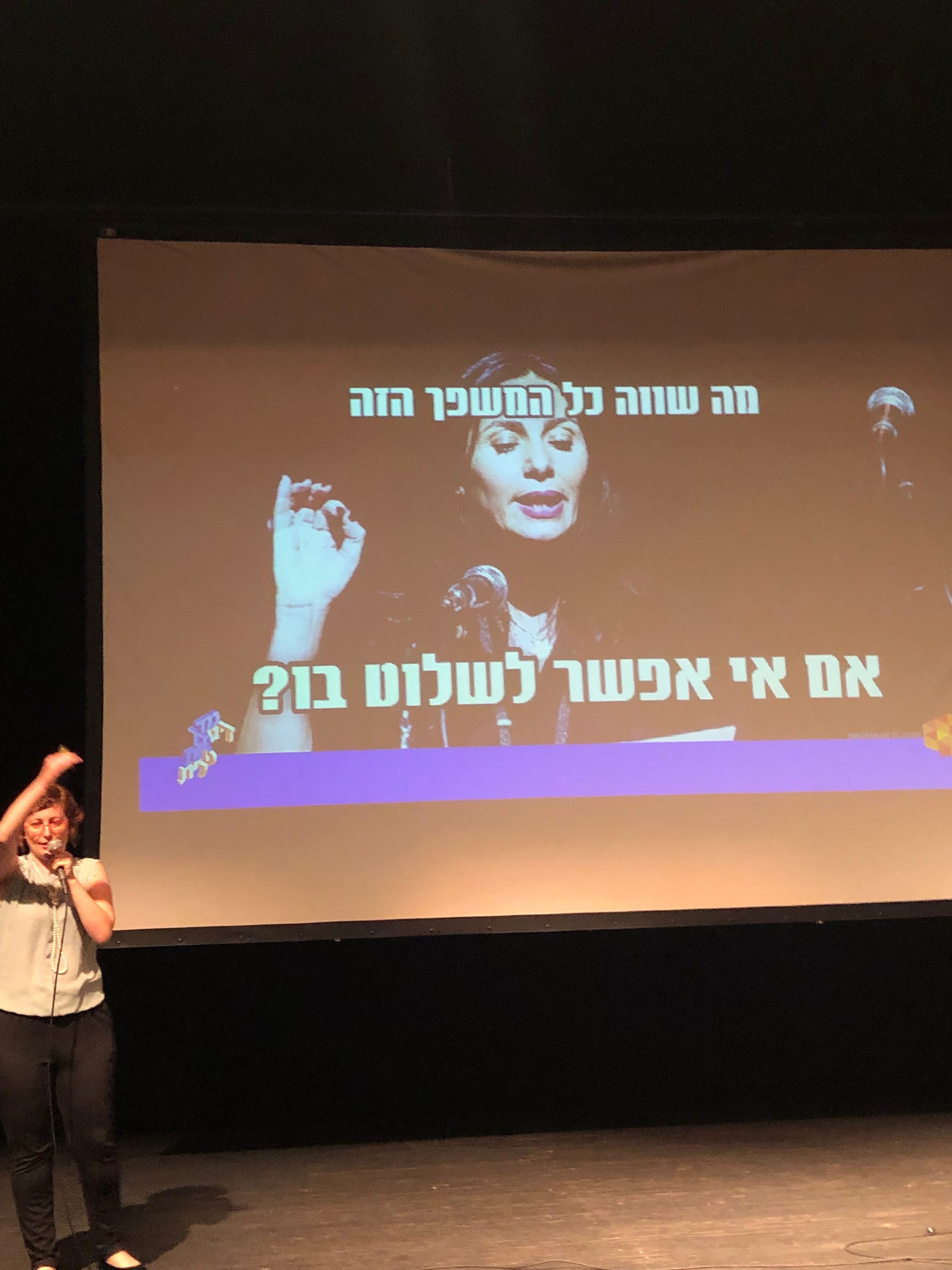
But before you implement your strategy you need a plan. If you don’t already have a plan in place – an annual or monthly plan, Naomi suggested that you at least have a quarterly plan in place – one main goal and two smaller goals.
Begin with gaining followers. Lots of them. By creating amazing content.
What’s considered amazing content?
- Content that’s exceptionally funny – funny enough to give your target audience an asthma attack, even if they don’t have asthma
- Content that makes you feel your humanity
- Content that provides a ton of value
Engage your audience. But don’t always ask them to like your post or buy your product.
A healthy social media mix looks like this:
- 60% of posts that generate interest and have call to actions such as like, share or leave a comment
- 10% of posts that promote direct sales
How do you promote the content mix?
- With the best pictures and with content that sucks you in.
- Each piece of content must be personal, precise and compelling
Most posts don’t promote hard sales. The idea is to engage and through engagement to attract clients.
Identifying target audiences on social media
Yael Scliar shared that what she loves best about social media is targeting various target audiences.
If you want to target specific target audiences you have to speak their language. Here how:
i. Understand your target audience
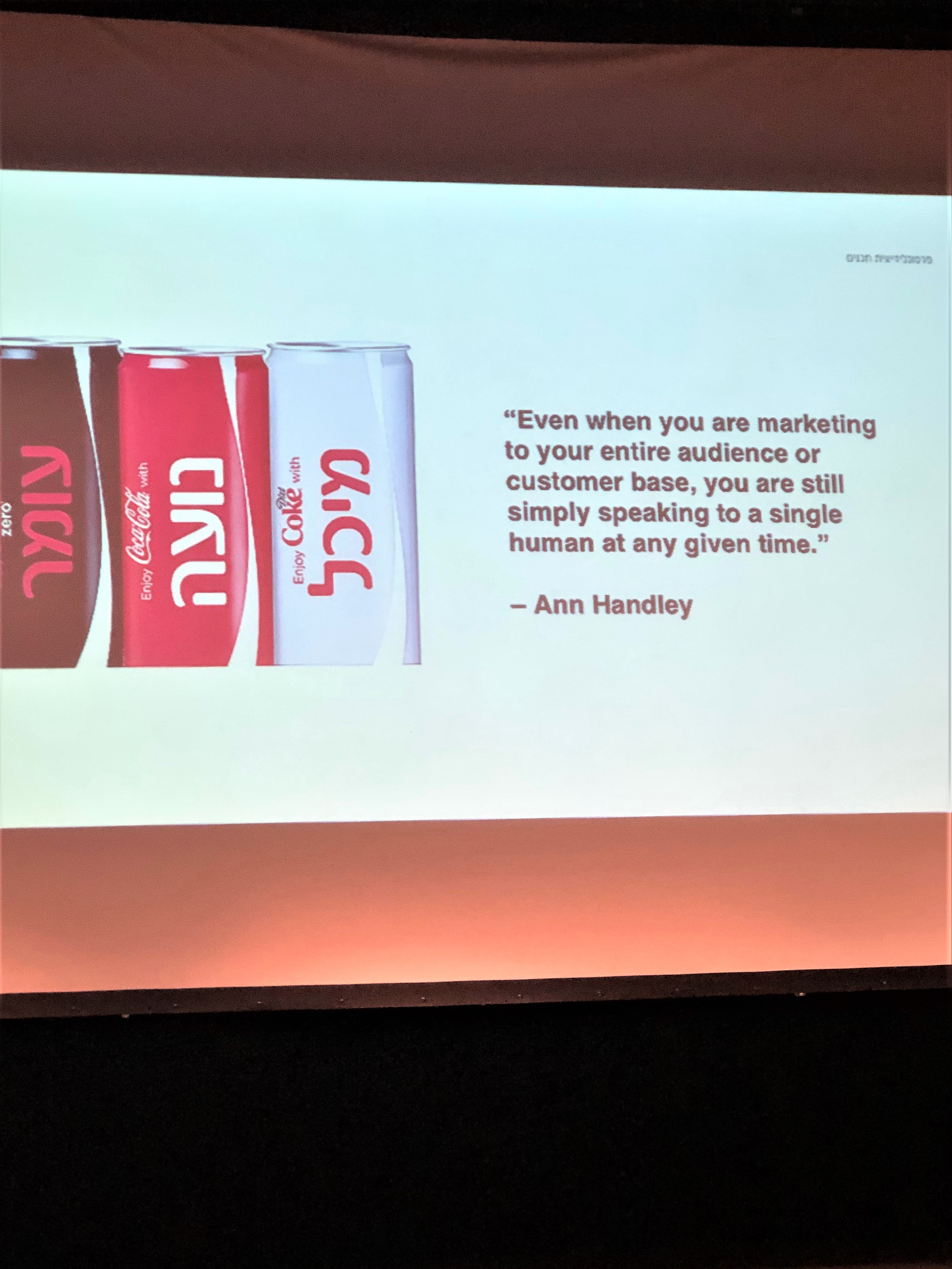
This includes knowing their age, sex, income, education, what they do, where they live
ii. Choose the right platform
Even if you decide to post the same image on different platforms, the copy will be different and need to suit the platform you’re using
iii. Get personal
Coke’s most successful campaign involved printing out the most popular names on Coke bottles and encouraging customers to find bottles with names that hold personal meaning and share them. Be like Coke.
iv. Measure Success
Measure success by how likes, comments and shares. Deep dive into what content your audience enjoyed and where you can improve.
In order to succeed it’s important to learn to ask the two most important questions:
- What are the customer’s pain points and biggest challenges?
- What do your customers want to achieve? What are their goals?
By answering these questions for each audience, you can go through the steps and think about the content, the platform and the campaign which with to target your various audiences.
The 7 golden rules of managing a successful YouTube channel
Moran Zer Katzenstein, previously a marketing manager at YouTube Israel and Google Israel, shared insights into what it takes to manage a successful YouTube channel.
YouTube is lacking in Hebrew content! (Yes, I realize the irony in posting this in English – which means that if you know Hebrew speakers you should share this with them!)
To become a YouTube success, you need to:
- Be a unique personality – have the ability to captivate an audience for 4-20 minutes
- Create content that generates engagement
- Optimize and promote your content – partnerships will help grow your community
- Be authentic – your viewers want an authentic you more than anything else
- Brand a consistent channel through your graphics, tone and style – use thumbnails to further brand your content
- Use tags and subtitles – and use Google Trends to see what your audience cares about
- Don’t be scared to sell – only sell products you fully believe in
And don’t forget that the most important people are your followers.
Content’s New Clothes
Shelly Naiditch shared how the digital age has changed the way we consume content, the new rules of the game, and how to create effective digital content.
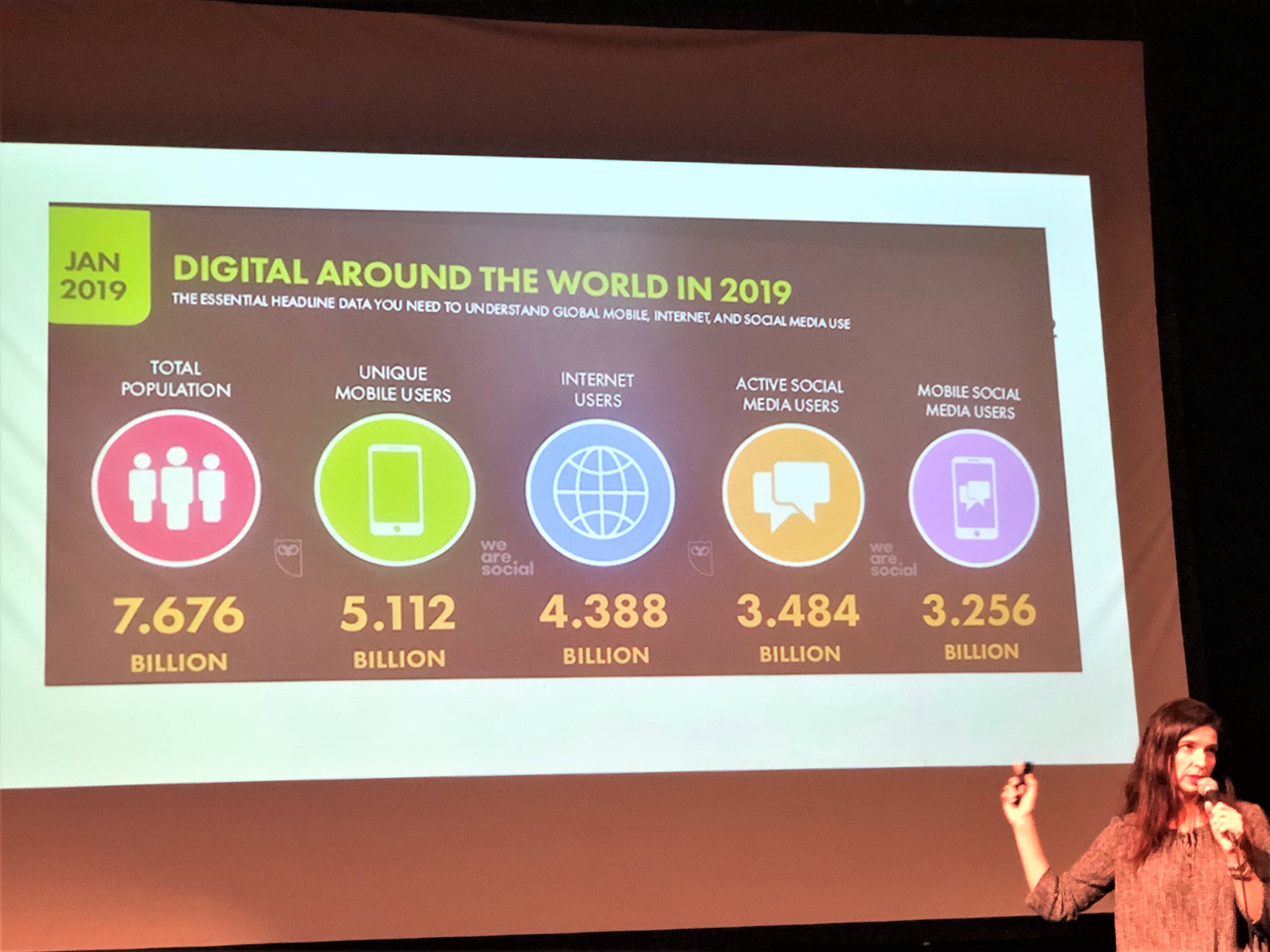
We live in a new world where people are spending a lot, if not most, of their time on digital platforms. As a result, forces have shifted and we now have a direct connection with our customers. Not only that, but today, the connection with our customers costs us so much less than it has in the past – think billboards vs. promoting content on Facebook.
In order to produce effective digital content, we have to be mindful of the 5 W’s:
i. Why – the content’s purpose
Think: exposure, brand image, sales, leads, engagement and traffic
ii. When – timing
Think: date, time of day, special events, OBM – occasion-based marketing, RTM – real time marketing
iii. Who – target audience
Think: existing customers, prospects, gender, sector, segment
iv. What – type of content
Think: video, podcast, blog post, Playbuzz personality quiz
v. Where – the platform
Think: website, blog, social media – which platform?, SEO, SEM, Taboola, Outbrain, Apps, Influencers
How we speak to our target audience has a lot to do with knowing what we want to achieve. And many times, how are content looks is far more important than our message.
Digital community leaders deserve to get paid – but not all can
Gali Meiri, founder of Hataasiya, a community that connects creatives with producers, found a way to monetize on her hard work. She most recently also founded Comonetize to help digital community leaders monetize their communities.
Gali believes that if you’ve worked hard to create a community that provides people with tremendous value, you deserve to be paid for your efforts.
But there isn’t one model, and community leaders need to review the different models that are out there, or invent a model that works for their group.
Gali shared some ways community leaders can monetize their communities. These include:
- Advertising
- Sponsors
- Marketing content
- Selling products or services that relate to the content provided
- Offline presentations and sale events
- Affiliate links
- Selling your knowledge – consulting services
- Job postings – connecting between companies and job seekers
The Art of Automation
Ana Gelfman shared a ton of reasons why we should all be investing in automation, and even shared her recommendations for automation tools we can all use.
Automation = optimization = profits
In today’s world when we’re always short on time, automation can key in helping us to be more productive.
But automation can also help us to save money, increase profits, work more effectively and creatively. It also helps employees be more accountable for the work they’re doing.
Automation tools are so developed today that they can help to replicate the customer journey. And once we better understand the customer journey, we can be more effective at selling – cutting down time and costs.
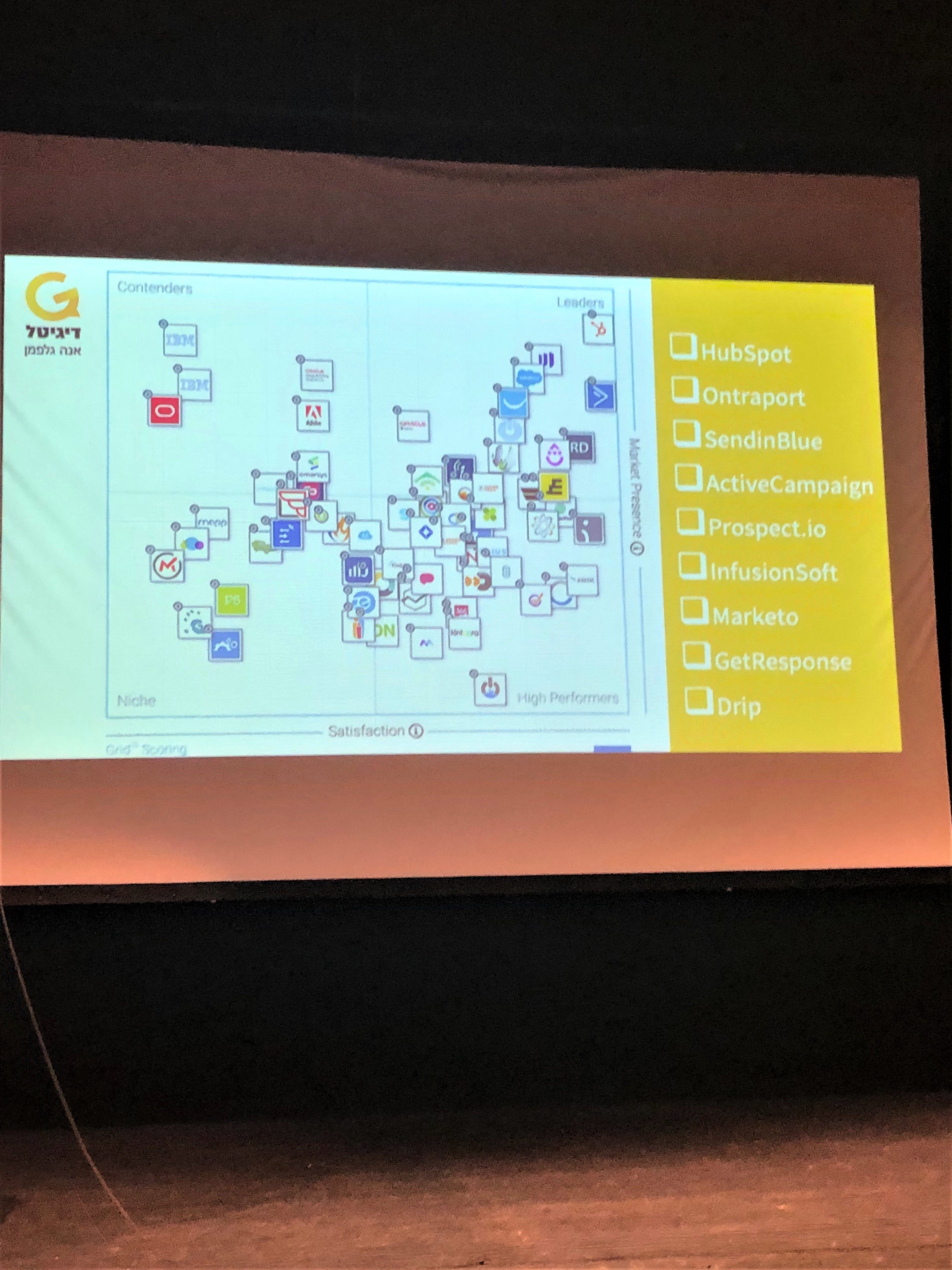
Some tools Ana mentioned:
- Hubspot
- SendInBlue
- InfusionSoft
- Marketo
- Get Reponse
- Drip
Ana highly recommend Drip for small businesses, as their affordable and there’s a trial period. She also mentioned InfusionSoft as a good tool, but it’s more expensive and doesn’t offer a trial period.
To figure out how to use any of the tools, all you have to do is go into YouTube and type “cool things I can do with” and add the name of the tool you’re looking find out about.
I don’t know about you, but I learned so much from this post that I’m bookmarking it so that I can come back to it again and again. 🙂

